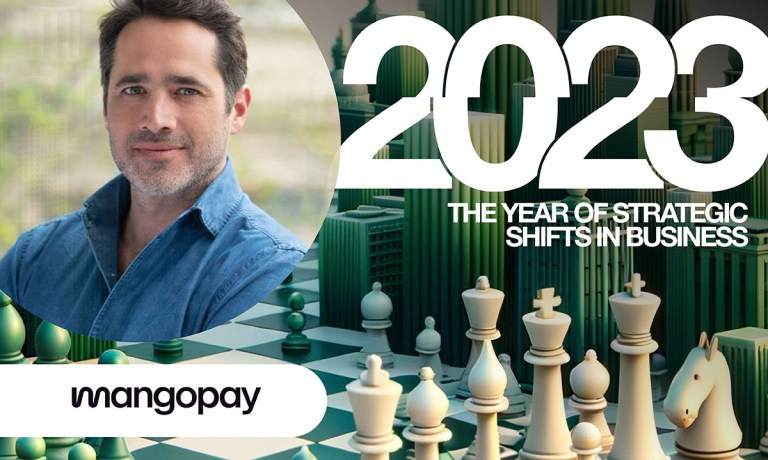
PYMNTS asked industry executives across the payments and digital commerce landscape to give us their take on the pivotal shifts, technological advancements and strategies that have shaped business in 2023. Their responses show critical trendlines to watch in the new year. Mangopay CEO Romain Mazeries says artificial intelligence (AI) will play a pivotal role in shaping the FinTech landscape this year.
Opportunities abound for FinTech in payments in 2024, with artificial intelligence, embedded finance and sustainability among the most interesting things to look out for in the year ahead.
AI is set to play a pivotal role in shaping the FinTech landscape, and we will see this accelerate in 2024.
Companies will use AI to make faster financial decisions, enhance onboarding processes, manage risks effectively and drive operational efficiency.
With models making it easier and cheaper to integrate AI capabilities within digital products, we will see more banks and FinTech companies double down on AI initiatives in hopes to release products that will bring incremental revenue.
We will see a wider range of AI applications in 2024, including creditworthiness assessment, robo-advisory services, algorithmic trading and risk evaluation and management, not only in banking but also in FinTech. This trend will not only set digital products apart but also enhance the overall user experience, raising the bar for business and consumer products.
We also expect to see AI lead a new company culture of an 80/20 rule to deliver innovations and solve workforce challenges by leveraging a small and nimble team as talent acquisition becomes more challenging and costly.
Elsewhere, APIs are making it easier for non-financial companies to embed financial solutions into their products and platforms. We now see insurance, investment and financing experiences embedded within eCommerce experiences.
The growth is even more apparent on B2B eCommerce platforms offering trade credits and other payment terms, all while offering operational efficiency in managing payments within the same ecosystem.
Additionally, Banking-as-a-Service and Wallet-as-a-Service are reshaping the way merchants accept payments as they become the building blocks for more flexible payment flows, providing better visibility and control. The same infrastructure offering can also be used to offer stores of value which are particularly attractive to two-sided eCommerce such as marketplaces to help sellers manage their earnings more efficiently.
Last but certainly not least is the issue of green banking. Some FinTechs are ahead of the curve in terms of sustainability with several neobanks and payment providers making commitments to ESG disclosure and creating more environmentally-conscious financial products and services.
One way that FinTechs and banks are making finance more sustainable is by promoting digital payment solutions. Digital payments are more eco-friendly than traditional payment methods, such as cash and credit cards, as they do not require the production of physical cards or the use of paper receipts.
Another way FinTechs and banks are making finance more sustainable is by reducing their own environmental impact. For example, some banks are committing to becoming carbon neutral and reducing their waste.
These trends are likely to have a positive impact on consumer buying decisions. As more customers become aware of the importance of sustainability, they are more likely to choose financial institutions that are committed to social and environmental responsibility.
Moving into 2024, companies that embrace innovation will lead the charge in shaping the future of FinTech payments.